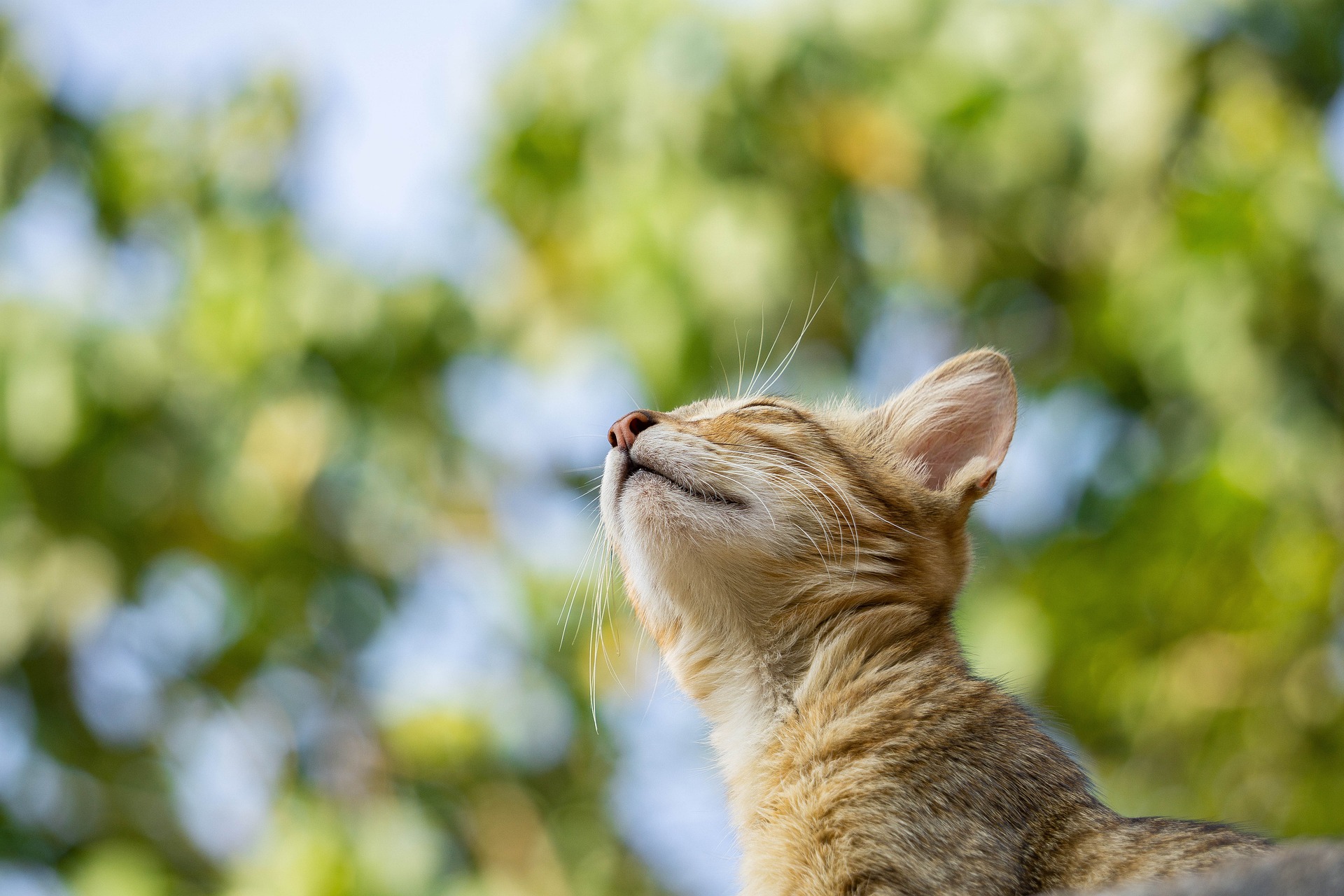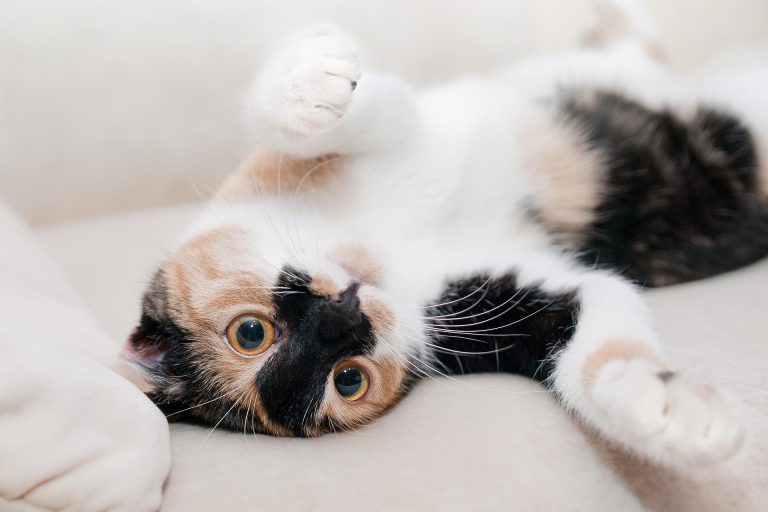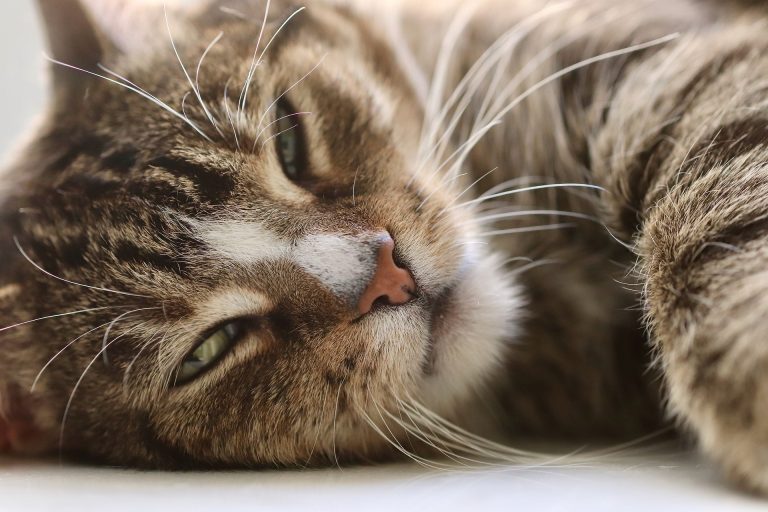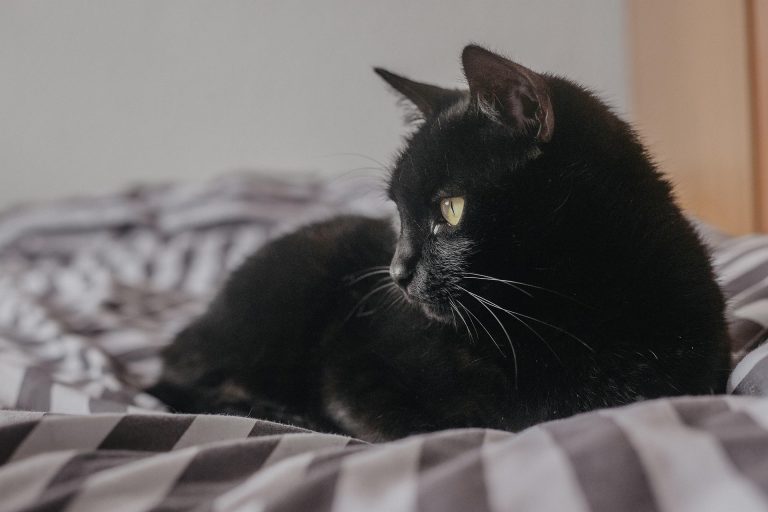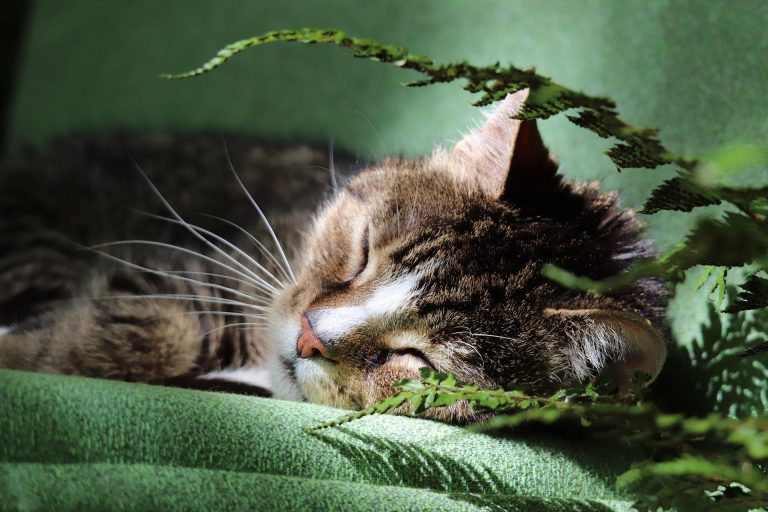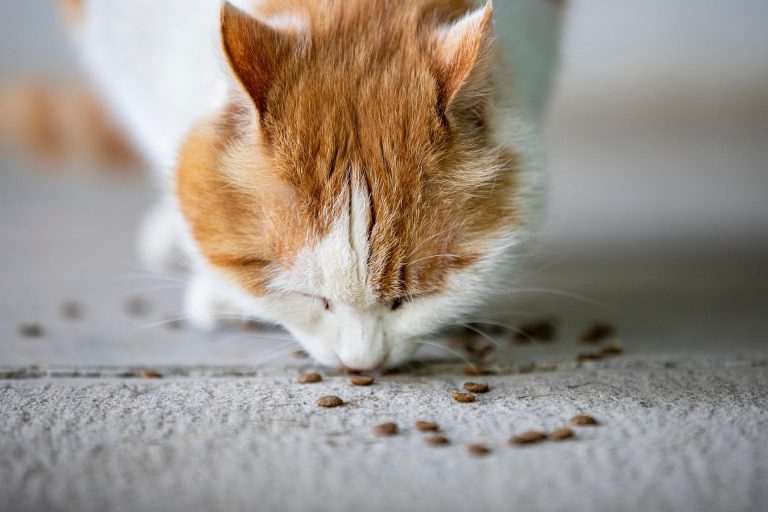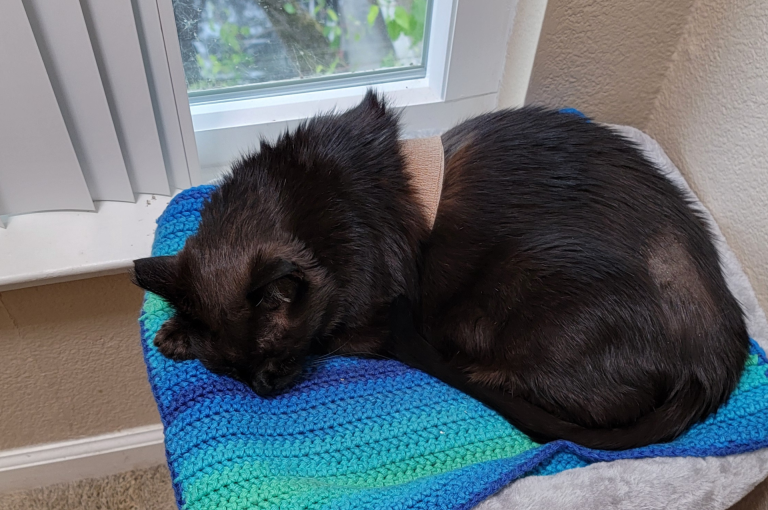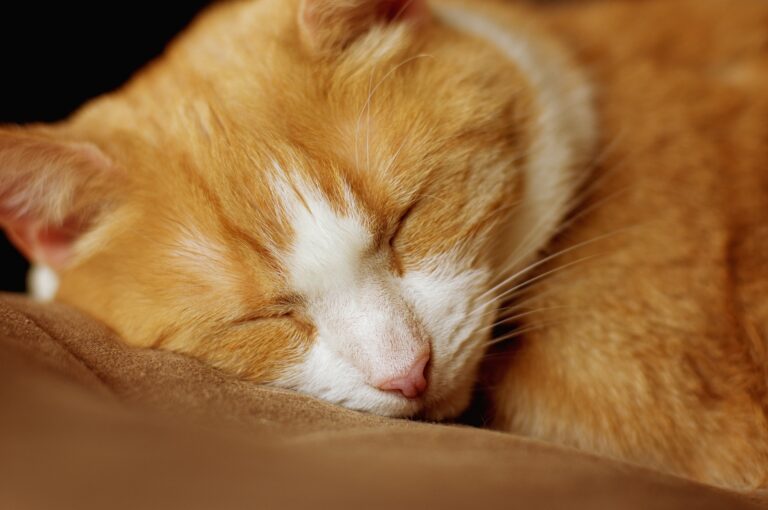Category: Feline Diabetes
Tags: Feline Diabetes, Diabetic Cat Care, Blood Glucose Monitor, Insulin, Home Testing
A diabetes diagnosis can feel like a tidal wave of information and emotion. One minute your cat is just a little thirstier than usual, and the next you’re standing in your vet’s office trying to process words like “glucose,” “insulin,” and “injections.” This guide is here to help you slow down, breathe, and take the first steps toward understanding what feline diabetes is and how to manage it. It’s not something you have to master in a day, but learning the basics will empower you to care for your cat with confidence.
What Is Feline Diabetes?
Feline diabetes is a condition where a cat’s body can no longer properly regulate blood sugar (glucose) levels. Normally, when your cat eats, their body breaks food down into glucose, which enters the bloodstream to fuel the cells. But to actually enter the cells, glucose needs help from a hormone called insulin, produced by the pancreas. Insulin acts like a key, unlocking cells so glucose can enter and provide energy.
In diabetic cats, this system breaks down. Either the pancreas doesn’t produce enough insulin (as in Type I diabetes), or the cat’s body becomes resistant to insulin’s effects (as in Type II diabetes). In both cases, glucose stays trapped in the bloodstream instead of being used for energy. This leads to a variety of problems—cells starve, organs work overtime, and blood sugar remains dangerously high.
Why Does It Happen?
The exact cause of feline diabetes can vary. In some cats, it’s linked to long-term carbohydrate-heavy diets, obesity, or chronic pancreatitis. In others, it may be triggered by medications like steroids or underlying conditions. Some cats may have a genetic predisposition, though no breed-specific trends are confirmed. What’s clear is that once the pancreas can’t produce enough insulin—or if the insulin it produces stops working well—blood sugar regulation falls apart.
Common Symptoms and Warning Signs
Most cases of feline diabetes are diagnosed after a caregiver notices key symptoms. The most common are PU/PD—polyuria and polydipsia, or excessive urination and excessive drinking. Because glucose can’t enter cells for energy, the cat’s body breaks down fat and muscle, leading to weight loss despite a good appetite. You may also notice lethargy, a greasy coat, or weakness in the back legs.
In more advanced cases, damage to the kidneys, nerves, and eyes can occur. Often, by the time symptoms are noticeable, diabetes has been present for a while. This is why early diagnosis and treatment are so important.
The Goal of Treatment
Treatment aims to bring blood glucose levels into a more normal range—mimicking what the pancreas would do if it were still functioning correctly. Insulin is the cornerstone of treatment for most diabetic cats. It replaces the missing or ineffective insulin that the cat’s pancreas no longer produces properly. In addition to insulin, a carefully controlled diet and monitoring strategy are essential parts of managing the condition.
Insulin: Types, Dosing, and Daily Use
Insulin for cats comes in several types, each with its own action profile—how quickly it starts working (onset), when it works the hardest (peak), and how long it lasts (duration). Common types include ProZinc (PZI) and Lantus (glargine). Your vet will choose a starting dose and insulin type based on your cat’s needs.
Insulin is injected under the skin, usually every 12 hours. It must be stored properly and drawn into the syringe with care. Injection technique matters, but it becomes routine with practice. You’ll rotate injection sites and use new syringes each time to prevent complications.
The Power of Diet
Diet plays a crucial role in managing feline diabetes. Cats are obligate carnivores, meaning they are biologically designed to eat meat, not plants. High-carbohydrate diets—especially dry kibble—can make diabetes worse by causing repeated glucose spikes. Instead, a high-protein, low-carbohydrate wet food diet is recommended. Some cats can even achieve remission with diet change alone.
Choosing a food with named meat sources and no grain fillers or plant-based proteins is key. Prescription diabetic foods exist, but they’re not always necessary—many commercially available wet foods are just as effective and more affordable.
Home Monitoring: A Game-Changer
Monitoring blood glucose at home gives you a real-time window into how your cat is doing. The most accurate method is using a glucometer to test a drop of blood from your cat’s ear or paw pad. While it can seem intimidating at first, most caregivers find it quickly becomes second nature.
Home testing helps you avoid dangerous lows (hypoglycemia) and highs, assess how your cat responds to insulin and food, and make smarter adjustments with your vet’s guidance. Some caregivers use urine dipsticks to monitor glucose or ketones in the urine, which can provide useful trends but are less precise.
Understanding Hypoglycemia
One of the greatest risks of insulin treatment is hypoglycemia, or low blood sugar. This can happen if a cat receives too much insulin or doesn’t eat enough. Symptoms include disorientation, wobbliness, twitching, or even seizures. Always keep corn syrup or honey on hand in case of emergency, and learn how to respond quickly. Knowing how to spot and treat low blood sugar can save your cat’s life.
Regulating Your Cat
Regulation means finding the insulin dose and feeding schedule that keeps your cat’s blood glucose in a healthy range. This doesn’t happen overnight. It can take weeks or months of trial and error, small adjustments, and frequent testing. You’ll work closely with your vet to determine when to increase or decrease insulin and when a new food or feeding routine might help.
Glucose curves—tracking blood glucose levels over time—help identify when insulin peaks and wears off, guiding better decisions. While it’s tempting to chase perfect numbers, the real goal is keeping your cat safe, comfortable, and symptom-free.
Long-Term Monitoring and Adjustments
Once your cat is regulated, you’ll still monitor them periodically. Spot checks with a glucometer or urine dipsticks can alert you to problems early. Periodic vet visits for lab work—including fructosamine tests that reflect long-term glucose trends—are also helpful.
Your cat’s insulin needs may change over time due to weight loss, improved diet, or changes in health. Be prepared to adjust their treatment plan if needed, and don’t hesitate to ask questions or seek second opinions.
Support and Community
You are not alone in this. Many cat owners have walked this road before you—and they’ve built communities like the Feline Diabetes Management Board (FDMB) to offer support, share tips, and help troubleshoot. There’s no one-size-fits-all path to managing diabetes, but learning from others can make all the difference.
Trust your instincts. If something feels off, test. Ask questions. Keep learning. With time and support, caring for a diabetic cat becomes a manageable part of your routine—and one that often brings you closer than ever to your feline companion.

